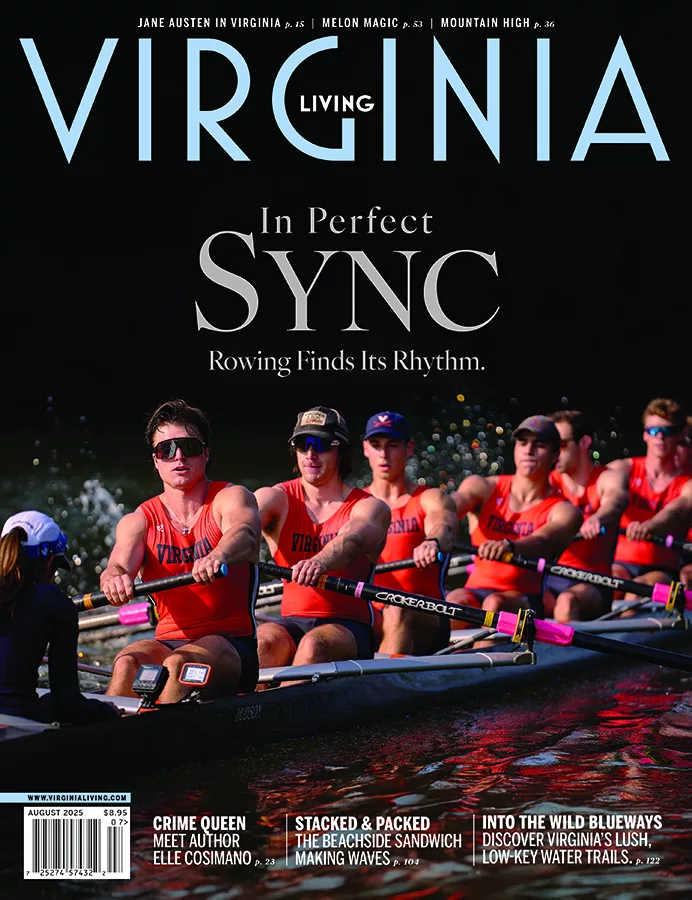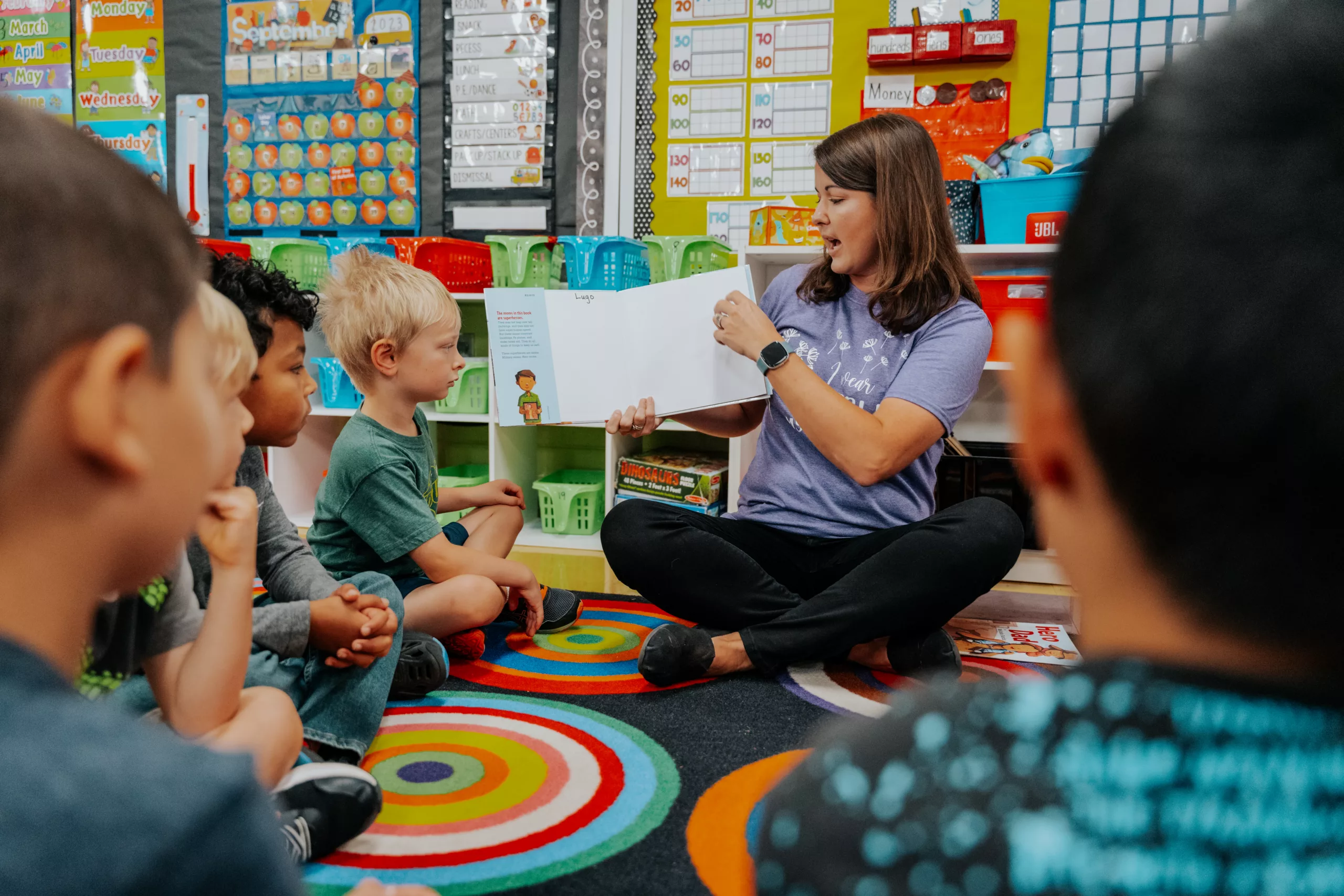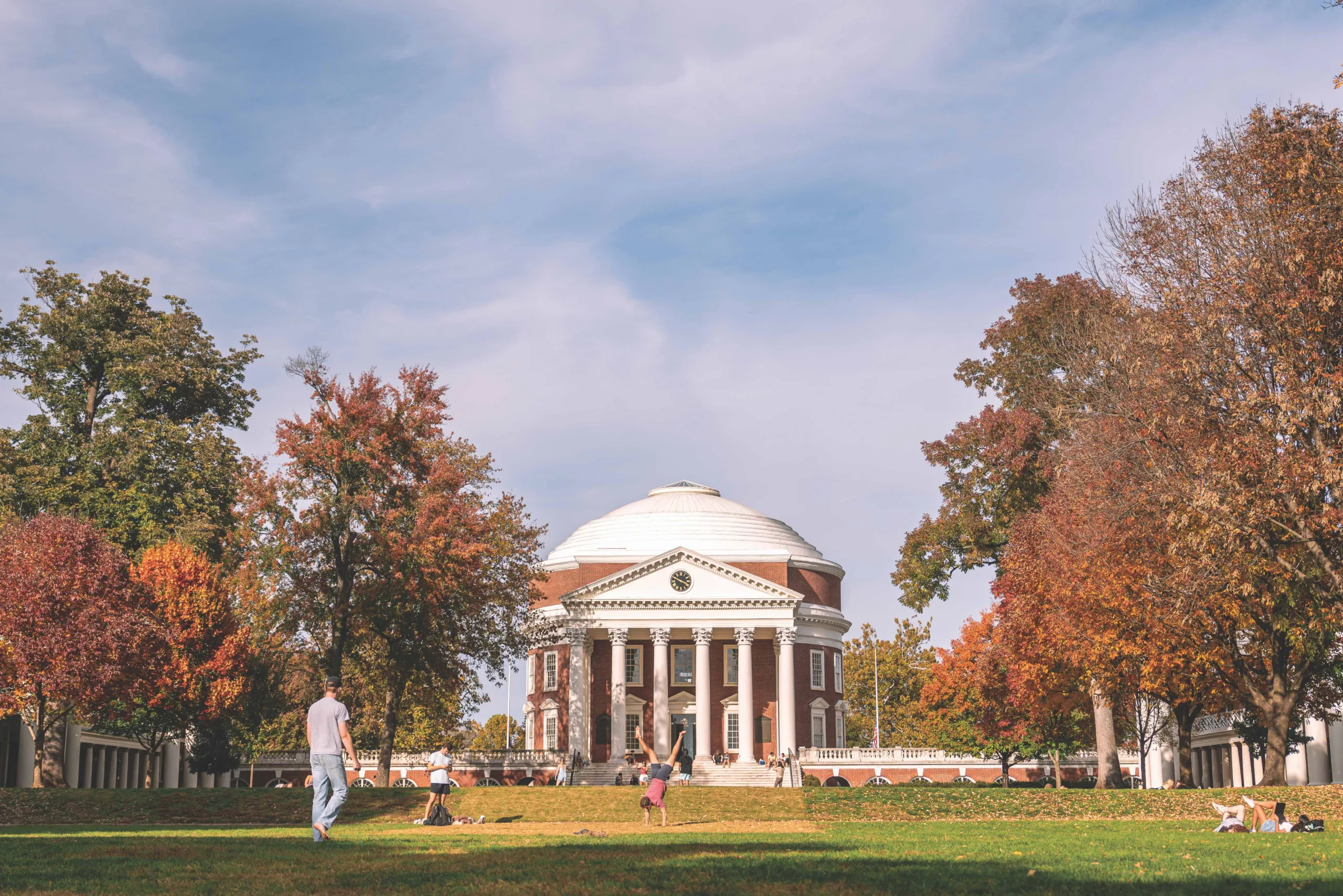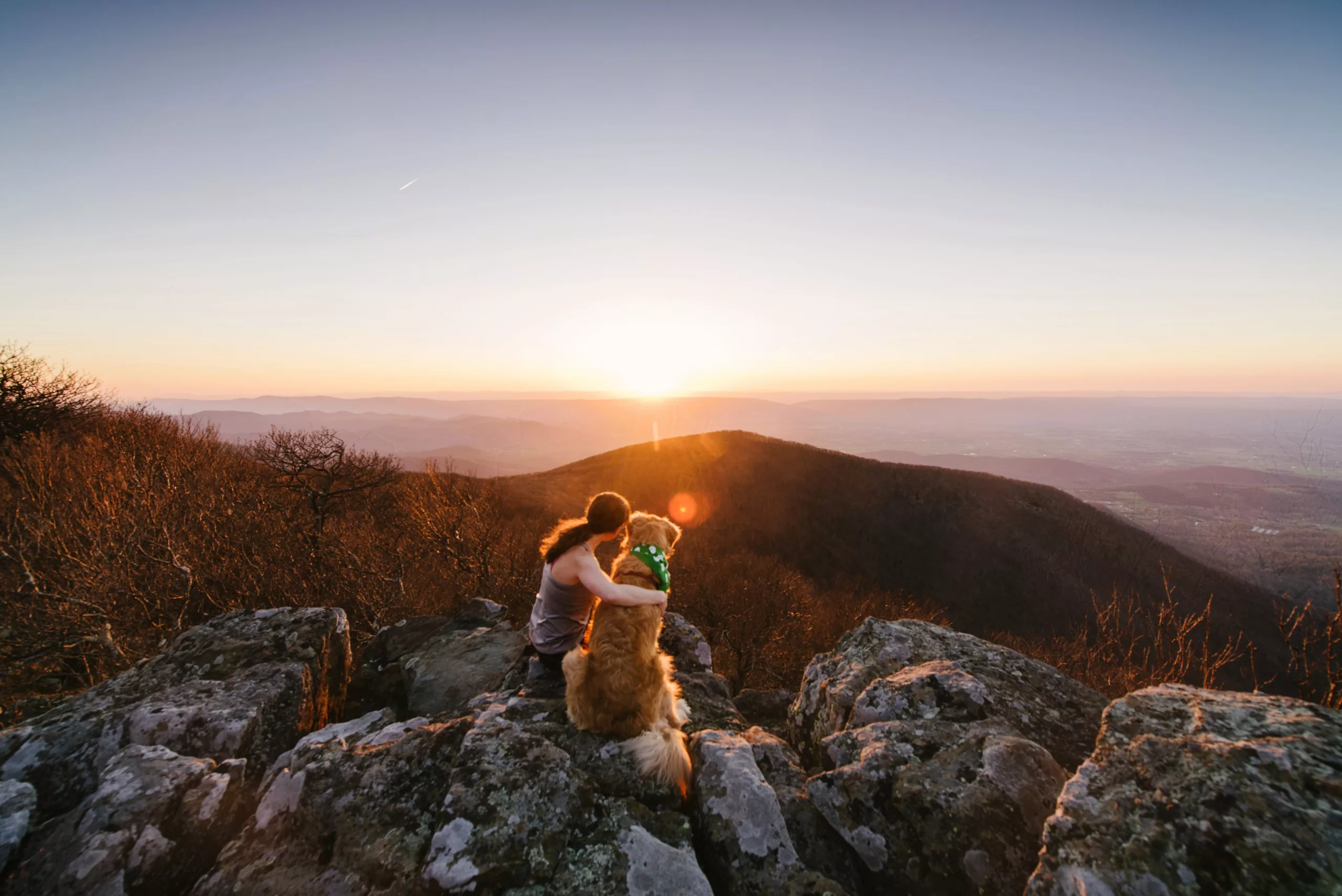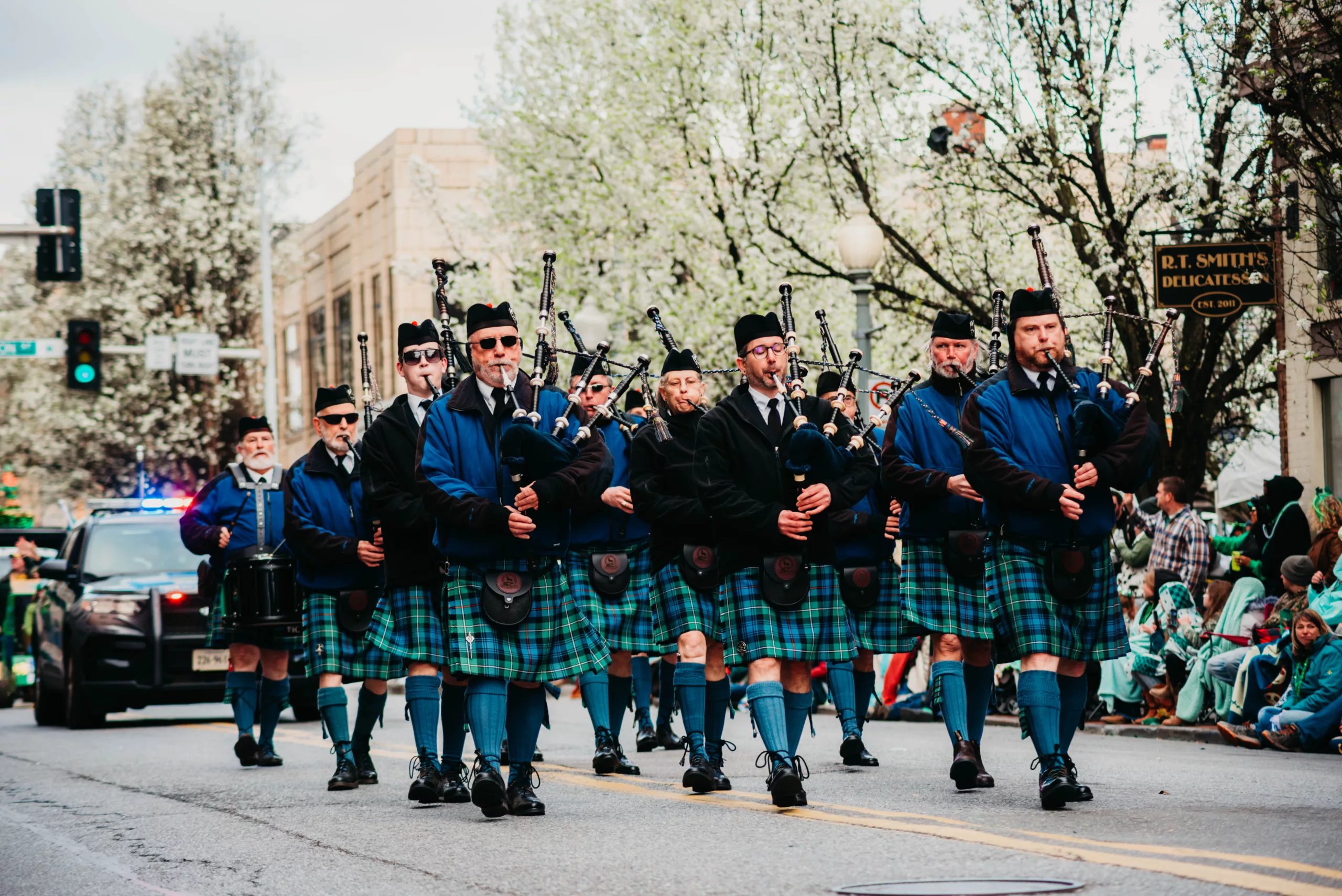Composer Judith Shatin is winning acclaim with her inventive music.
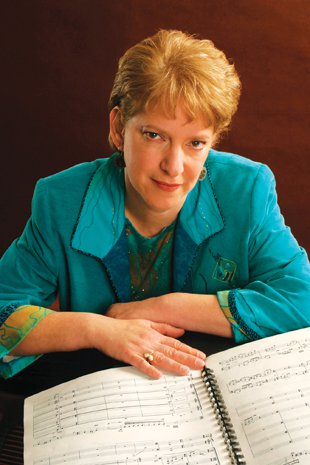
Sonic Explorer
Judith Shatin
Composer Judith Shatin, a professor of music at the University of Virginia for 31 years, jokes that specializing in a particular musical genre might have been the “sane” approach to her career. Instead, she has opted to create music for practically every genre—orchestra, choral, chamber, solo instrument, voice, film, electronic—and while that decision has made her life hectic, it has also helped to burnish her reputation as a prolific and accomplished contemporary music composer.
In recent months, several diverse groups have performed Shatin pieces, highlighting her versatility. Last October her Stringing the Bow for orchestra was performed by the String Orchestra of Brooklyn, in Brooklyn, New York. Last December her new choral work, The Jumblies, based on the work of Edward Lear, was given its world premier by the Peninsula Women’s Chorus in Menlo Park and Palo Alto, California. This year, on January 21, her composition Cherry Blossom and a Wrapped Thing: After Hokusai, for amplified clarinet and multichannel electronics, will be performed at the Japanese Institute in Cologne, Germany and recorded by Deutschlandfunk. Shatin calls it “a very delicate piece” inspired by the famed Japanese printmaker Katsushika Hokusai. No wonder a writer for the Pytheas Center for Contemporary Music described Shatin as a “sonic explorer.” In a 2007 review of a Shatin piece performed at the Corcoran Gallery, a Washington Post critic called her music “highly inventive… hugely enjoyable….”
While Shatin likes to push boundaries, she can also tackle more conventional themes. Last year also saw the premier of her Jefferson: In His Own Words, for narrator and orchestra. The first two performances were by the Illinois Symphony, with Bill Kurtis as narrator. (It was also performed by both the Charlottesville and University Symphony Orchestra and the Richmond Symphony Orchestra.) Shatin also recently composed the music for Rotunda—a film about the UVA landmark by filmmaker Robert Arnold.
“I love the collaborative process,” says Shatin, who notes that most of her work is commissioned. “But if I have a desire to compose a piece and I don’t have a commission, I don’t let that stop me.” She says that a lot of people assume that making electronic music is easy and quick, but it’s just the opposite. “You can spend huge amounts of time exploring timbral space before zeroing in on what is actually usable.”
Want to hear some Shatin music? Three of her works will be performed in the National Gallery of Art in D.C. on March 16 and 17 as part of a 70th anniversary celebration of that institution’s rotunda. One piece is electronic, one is for saxophone and the last is what she says is “a new piece for percussion and for percussion robots created by UVA graduate students.” Now that is cutting edge.
